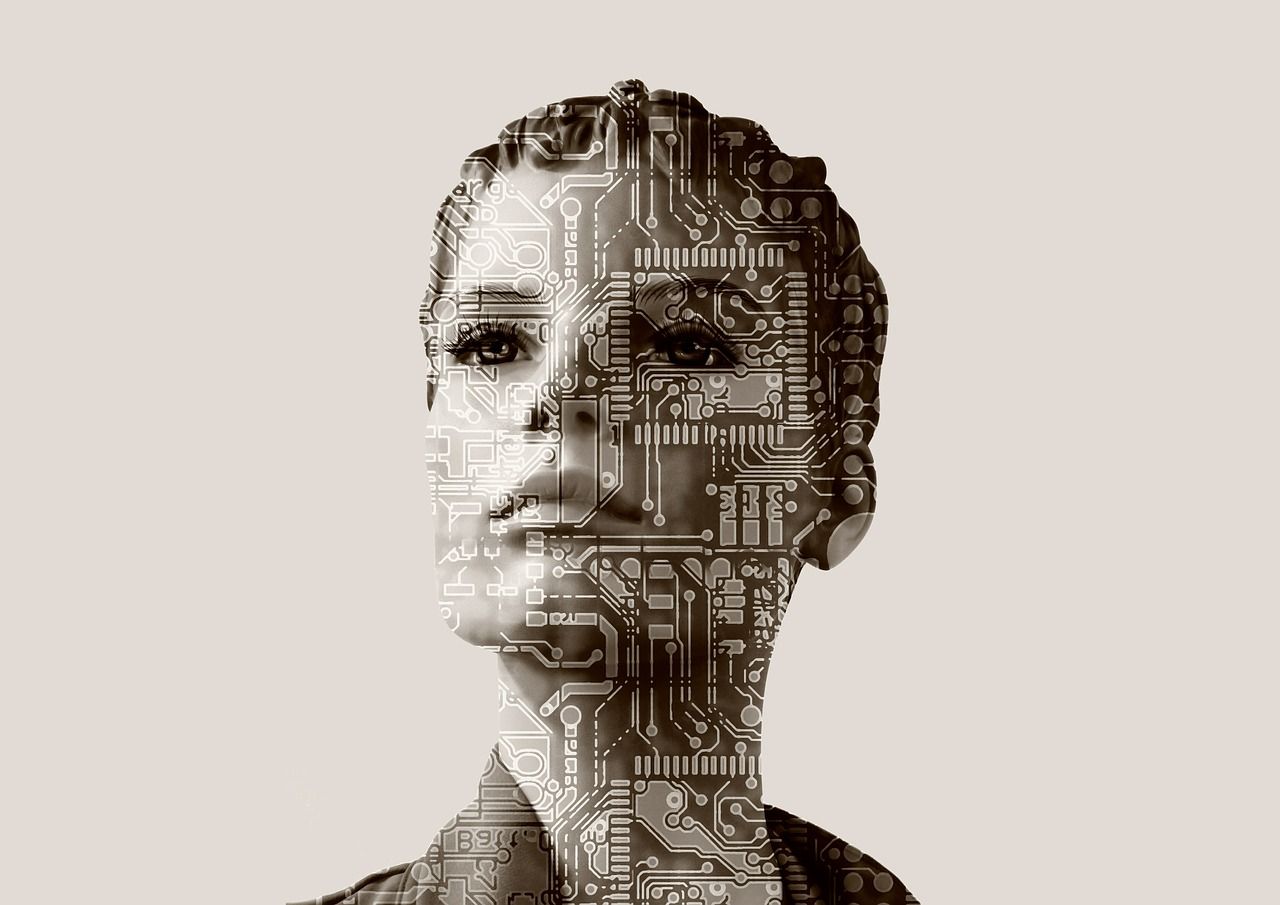Human beings have an uneasy relationship with robots. We’re fascinated by the prospect of intelligent machines. At the same time, we’re wary of the existential threat they pose, one emboldened by decades of Hollywood tropes. In the near-term, robots are supposed to pose a threat to our livelihood, with automation promising to replace human workers while the steady march of artificial intelligence puts a machine behind every fast food counter, toll booth, and steering wheel.
In comes Cozmo. The palm-sized robot, from San Francisco-based company Anki, is both a harmless toy and a bold refutation of that uneasy relationship so loved by film and television. The $180 bot, which starts shipping on October 16th, is powered by AI, and the end result is a WALL-E -inspired personality more akin to a clever pet than a do-everything personal assistant.








